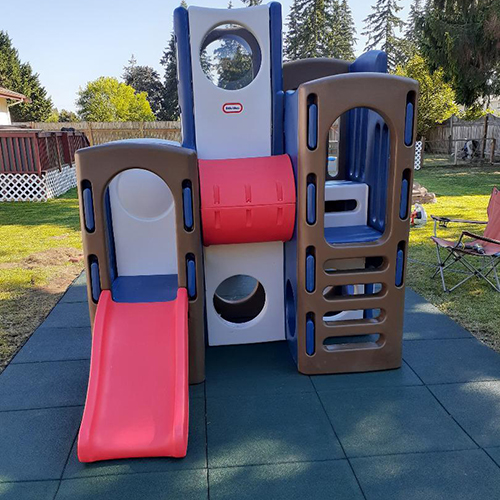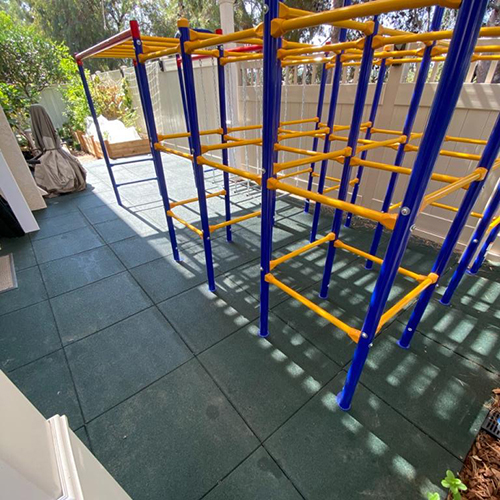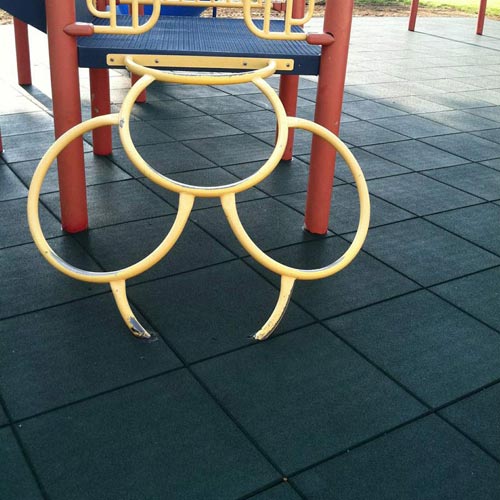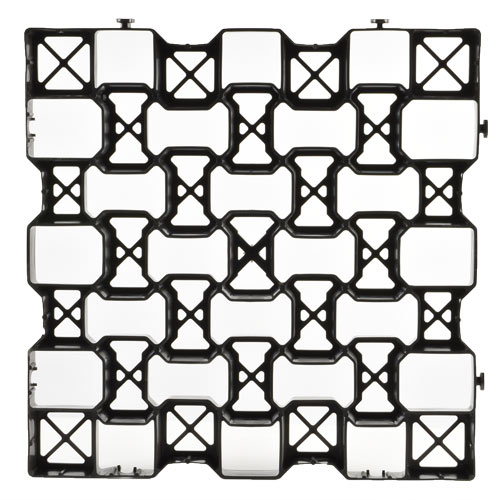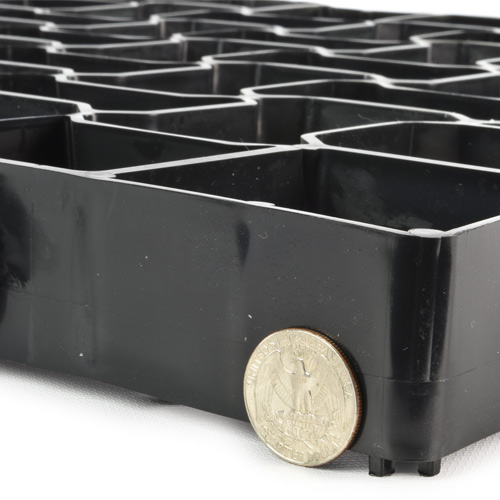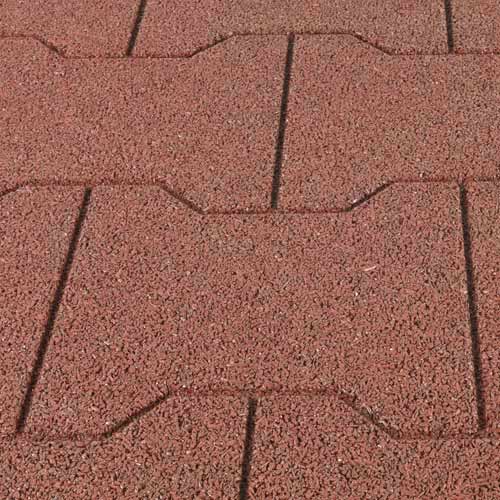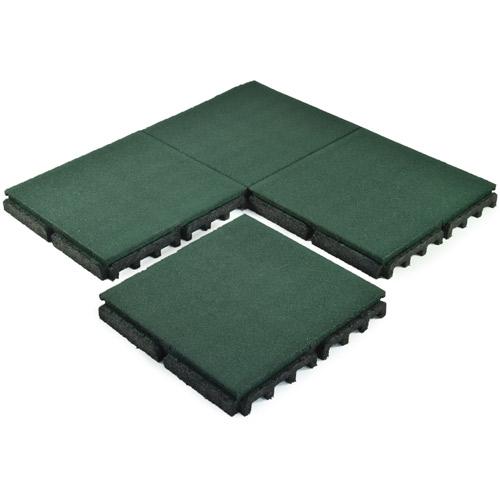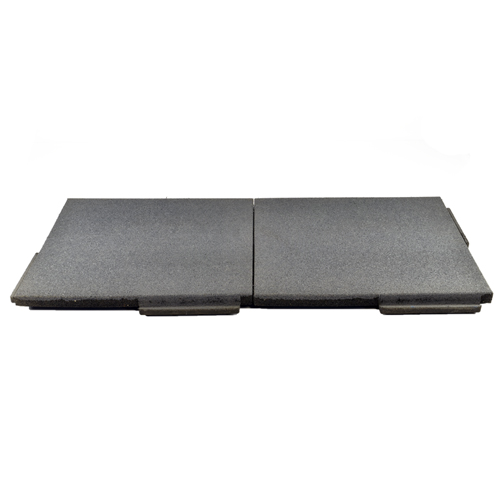Do I Need Sand Under Pavers?
Related Product: GeoGrid Cellular Paving System 4 cm x 1.6x1.6 Ft.
Sand is one of the best types of material to use for creating the subsurface. Sand is easy to move around to create a smooth surface. It can go over many different materials, including dirt, gravel and concrete, filling in any low spots or cracks to give the paver stones the sturdy base they need for a solid installation.
How Do You Keep the Sand Under Pavers in Place?
Unfortunately, the same properties that make sand easy to move around and make it a good material to place underneath the pavers also make it tough to keep the sand from shifting around underneath the stones.If a thick layer of sand shifts underneath the pavers after the installation, some of the individual stones could slide out of place, creating huge gaps in the stone tile pattern, resulting in an unsafe and unstable layout.
Loose sand also could move out of place slowly over many weeks and months when rain and wind catch the sand, creating dust in the air and a potential washing away of the sand.
The best option to complete this kind of layout of sand under pavers safely and securely is to use the GeoGrid Cellular Paving System. Using these tiles is much better than simply trying to add sand without any reinforcement option under the pavers.
How Do GeoGrid Tiles Work?
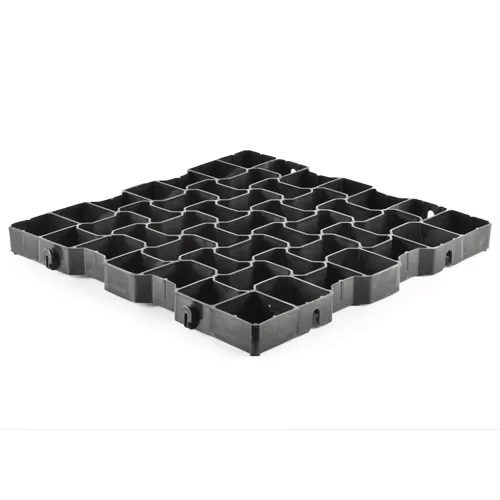 The GeoGrid Cellular Paving tiles consist of firm polyethylene plastic in an open grid layout. These tiles stabilize the ground. They work well in areas of erosion, for example. Each tile measures 1.62-by-1.62 feet and 4 cm (1.5 inches) in thickness.
The GeoGrid Cellular Paving tiles consist of firm polyethylene plastic in an open grid layout. These tiles stabilize the ground. They work well in areas of erosion, for example. Each tile measures 1.62-by-1.62 feet and 4 cm (1.5 inches) in thickness.
Put these tiles in the area where the pavers will go, whether that’s on a planned walkway, driveway, or patio. These tiles have pegs and slots on the edges, allowing installers to connect adjacent tiles together. The paving stones will then go over the top of the grid.
The installer can dig downward into the ground before laying out this type of GeoGrid tile to create a lower profile for the paving stones. Digging slightly will yield better results for adding sand under pavers and for creating a flat space for the layout.
During installation, the installer will need to make sure the tiles are level, so the pavers can sit flat on top of the sand layer and on top of the plastic tiles without having any unevenness to the stones.
Once the grid tiles are in place and connected, the installer can use pea gravel or a similar type of material to add to the openings in the grid, creating a shallow layer at the bottom of the grid before adding sand over the top of the gravel. Or the installer can simply fill the grid with sand, and the plastic tiles will hold the sand in place over time.
After adding the sand to the layout over the top of the tiles, the installer should smooth out and level the sand, removing any excess material to give the stone pavers a flat surface.
The plastic grid in these tiles will not allow the sand to wash away or blow away, maintaining the security of the sand under pavers installation for months and years into the future.
What Are Pavers and How Do You Use Them?
Paver stones may consist of natural stone materials, such as granite, flagstone, fieldstone, cobblestone, or slate. It’s also possible for manufacturers to create paver stones from clay or cement, giving the pavers a particular look, such as brick.For pavers with more safety features and comfort, they can also be made of rubber. You’ll find these especially popular in horse, playground and flat rooftop areas.
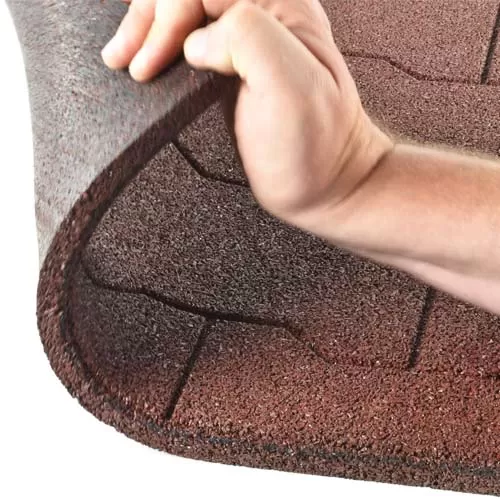 Equine Paver Tiles 2x2 ft 30mm - Assorted Colors
Equine Paver Tiles 2x2 ft 30mm - Assorted Colors
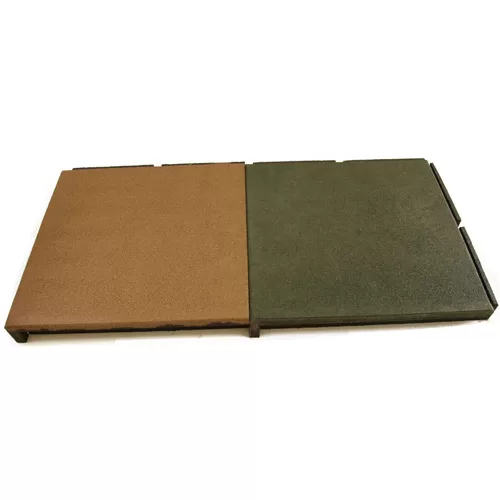 Playground Tile Interlock 2.75 Inch - Assorted Colors
Playground Tile Interlock 2.75 Inch - Assorted Colors
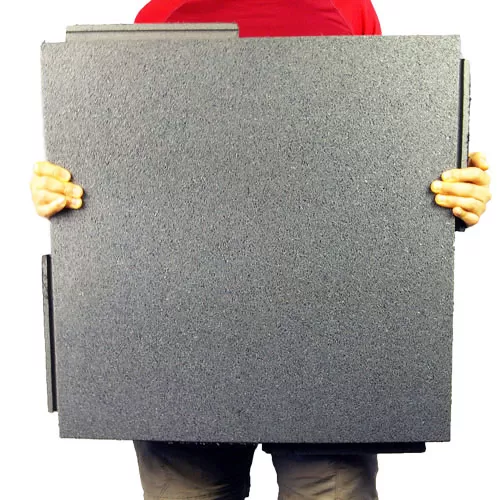 Sterling Roof Top Tile 2 Inch - Assorted Colors
Sterling Roof Top Tile 2 Inch - Assorted Colors
Multiple color options are available in paver stones too, although shades of natural browns, tans, reds, and grays are the most common colors.
When used for a layout over the GeoGrid tiles, most people will be seeking a paver stone pathway, sidewalk, or driveway that has a square or rectangular shape. For this type of layout, the installer will want to use rectangular or square paver stones, laid tightly side by side, to create the desired coverage area.
Installers typically lay out these stones without using adhesive. The weight of the individual stones should keep them in place without the need for glue. Additionally, installers can make use of edge restraint material, which usually is plastic or rubber that goes around the exterior of the layout of the paver stones and holds them in place.
After laying out the stones, installers will want to fill in the tiny seams between the stones using fine grained sand. When the fine sand goes between the stones, it will compact tightly, and the friction helps the stones stay in place. Pour a little bit of sand over the top of the stones and use a push broom to work the sand into the seams.
